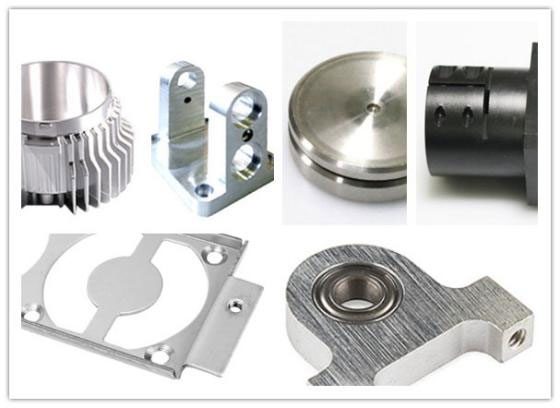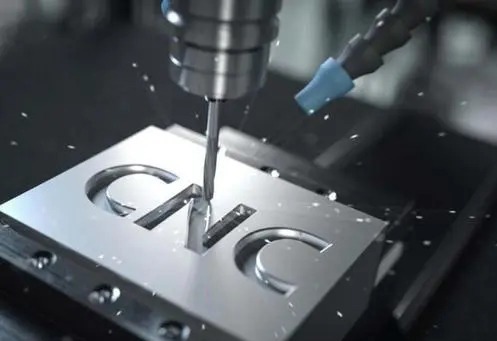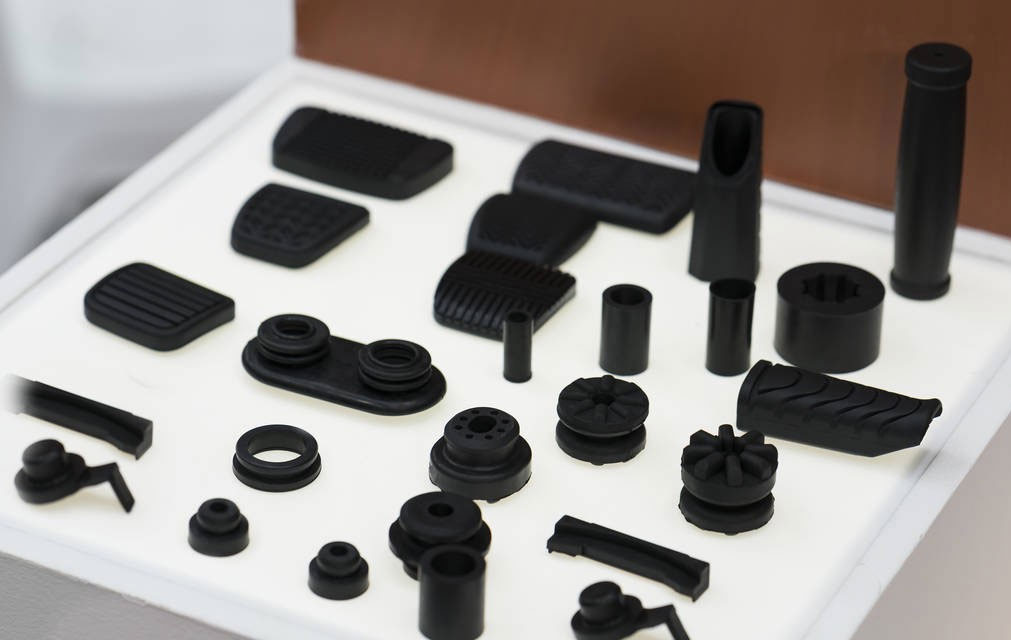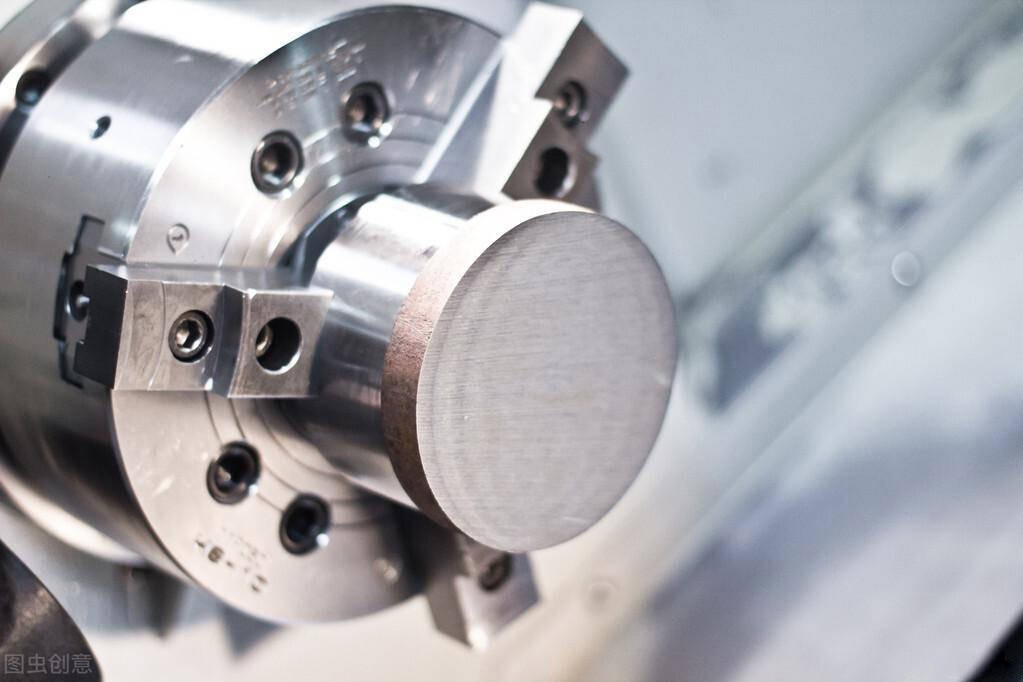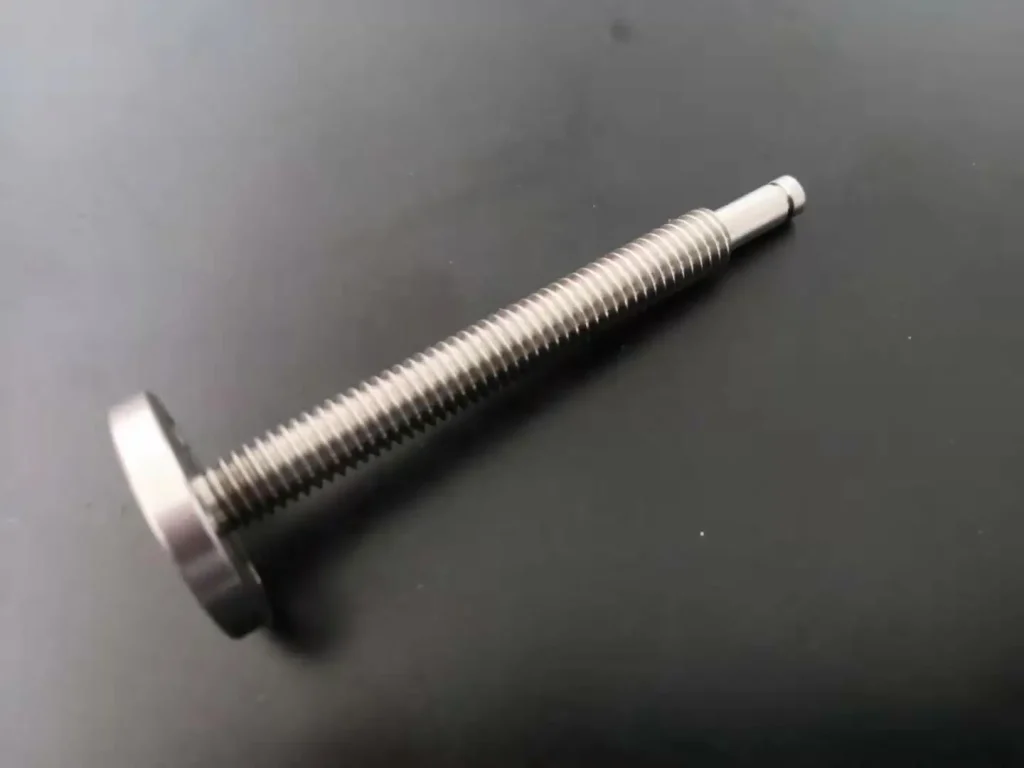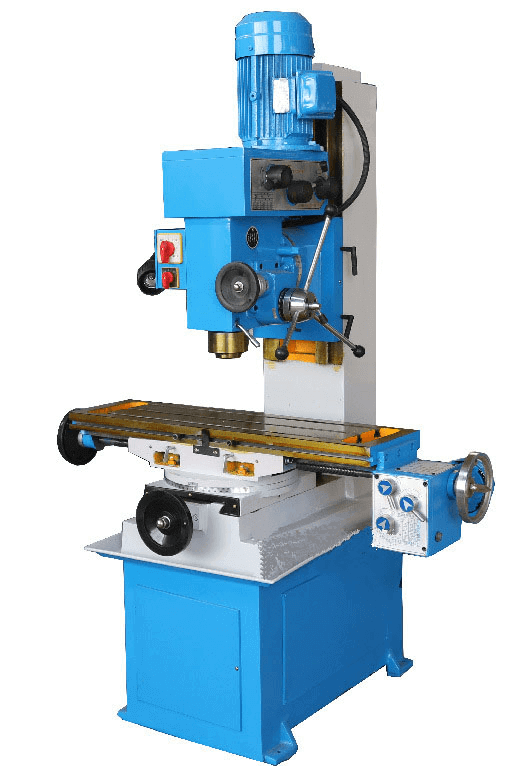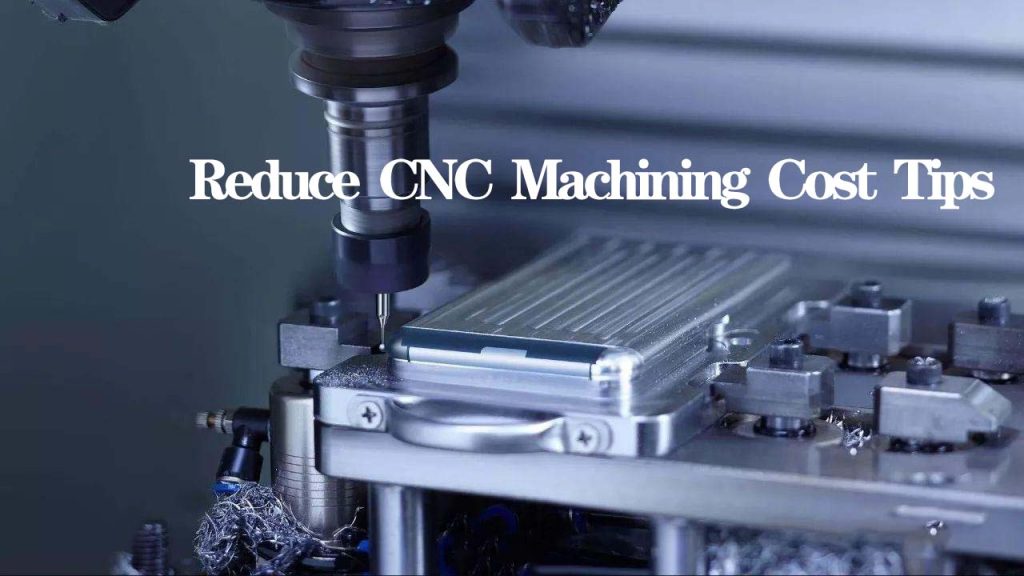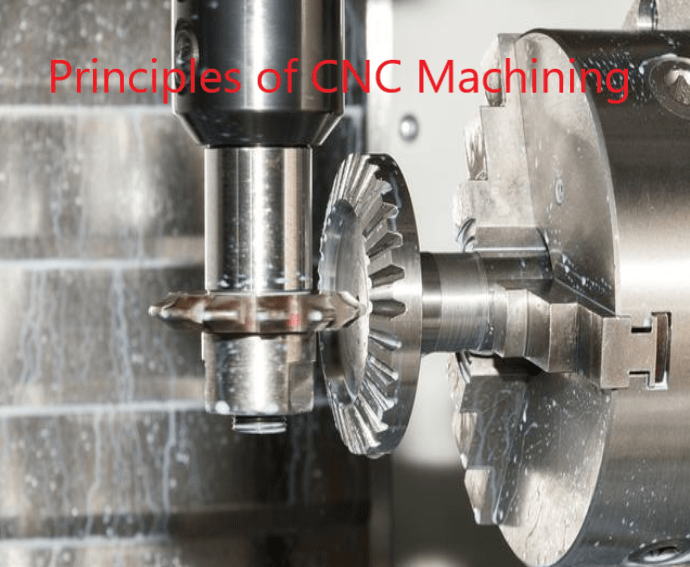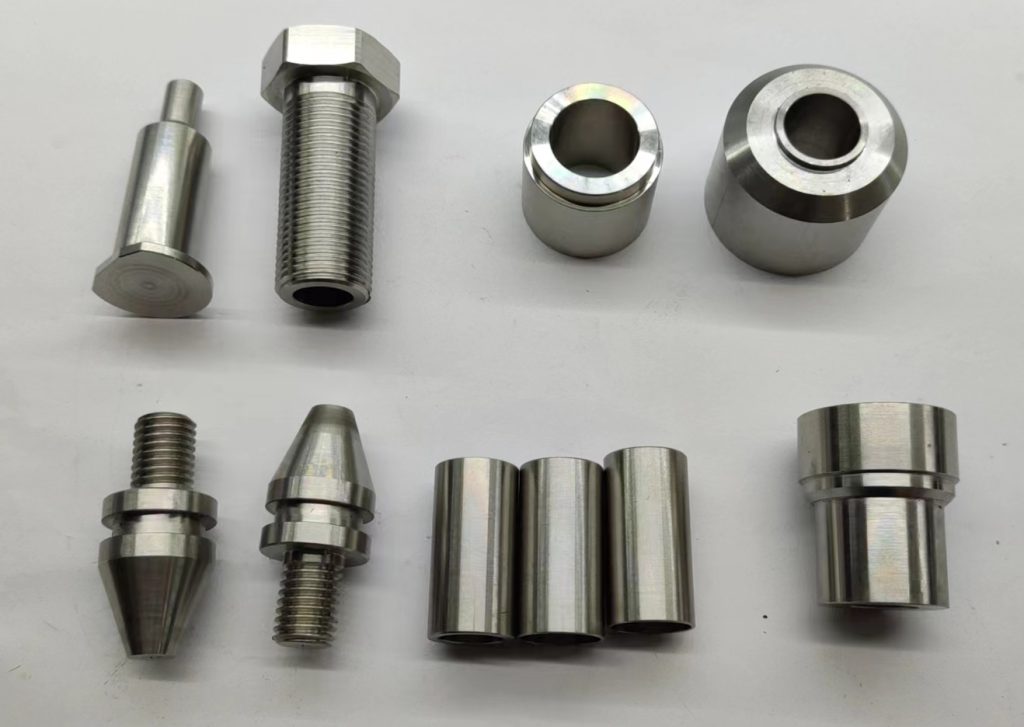Alternative options are good things to have, while it is better to have a clear objective when for an upcoming CNC machining project, and you need to choose a material that will be applied to it, which can be an essential key in a production process, and also it might be costly, in the following article I will show you 6 factors for you to consider what you need to choose between a hard or soft metal for CNC machining.
6 Considerations of Choosing Hard and Soft Metals for CNC Machining
1. Properties of Metals
Before choosing a metal for your CNC, we should know the performance of the material when different forces are applied. The top key mechanical properties for metal to consider are:
- Strength (hard metals)
- Elasticity (hard metals tend to be more elastic than soft metals)
- Hardness (hard metals)
- Magnetic (steel)
- Ductility (soft metals)
- Fracture toughness (all metals have the highest range of fracture toughness, but it ranges from soft to hard being the toughest)
- Density (ranges vary going from soft to hard on the density scale)
- Damping (hard metals tend to have small damping capacities)
If there’s one material above your need, it is suggested to do some research to get actual property ratings per material. Or you just check out our material for CNC machining page for a comprehensive list of all the material you might need.

2. Wear and Fatigue Properties for Metals
Make a Choice Depend on Your Aimed Machined Part. There are some factors you should consider before choosing between a hard or soft metal. Let’s list down the most important fatigue properties to consider.
Fatigue strength and toughness: This is the stress that a material can withstand within a certain number of cycles. These changes have been extensively studied to help select the appropriate materials to meet your end-use requirements. In fact, according to research on this subject, “fatigue is estimated to be about 90% of all metal failures.” Failures happen quickly and without warning, so we usually measure fatigue strength by the average of the ratios. When selecting materials, if you know that your parts will endure multiple stress cycles, we recommend that you evaluate the fatigue strength level.
Environmental cycle: There are a lot of resources for environmental cycle testing. In most cases, it is placed in a regulated environment and subjected to high and low temperature, high and low humidity, thermal cycling, and thermal shock tests.
–Metal that can endure high temperatures: Titanium and stainless steel.
–Metals that can maintain ductility at low temperatures and low temperatures: copper and aluminum.
Creep resistance is defined as a material that ability of it can resist “creep”, which refers to the tendency of a material to deform over a long period of time—resulting in a high level of resistance. The standard radiation of a deformed material, because may change over time. Nickel, titanium, and stainless steel have the highest resistance to the deformation of metals. Aluminum has an extremely low melting temperature and is not recommended for use in aerospace applications.
3. Corrosion (Oxidation) Resistance in Metals
Due to the chemical reaction of the metal with the surrounding environment, metal corrosion is degradation or oxidation. There are many reasons for metal corrosion, mainly all metal corrosion. Stainless steel corrodes very slowly, so it is the best choice for you if you worry about corrosion.
Another alternative to stainless steel is anodized aluminum. This method is helpful in reducing corrosion and is a very durable finish. Since anodizing is an ancillary service, it may increase the delivery time of your project, so it may not make sense for your project needs.
4. Thermal Properties in Metals
We have touched it a little bit, but the metal reacts very differently under hot pressing. Metals can expand, melt, and conduct electricity, just to name a few of the changes we will explore.
5. Manufacturability of Metals
For manufacturability, each supplier or manufacturing partner may have a different set of requirements based on their capabilities. If you find that your part cannot be machined and your part design has little flexibility, you may need to change the manufacturing method to 3D printing, which provides unique metal and plastic solutions. The good news is that if you decide to process your part and upload a quote, we at JTR Protolabs will provide you almost instant design for manufacturability (DFM) feedback for each quote.
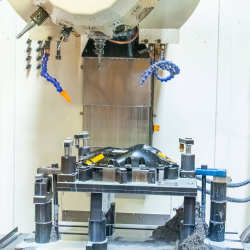
In the quotation analysis, you can access interactive 3D images of the part design, which allows you to review the part geometry and estimate any potential design issues such as wall thickness, narrow grooves, tolerances, threading, and hole processing.
6. Cost of Metals
The last in the list of important factors to check before we select materials is cost. This may not be surprising to you, but if you have more property requirements or needs, then you can pay more for the material. If you can weigh some of the other features above, aluminum is economical processing material. Can save you time and money.
There are a lot of things to unravel here, but we hope you now get a better understanding of the trade-offs between hard and soft metals to start your next machining project. If you have any questions still, we suggest you contact our experienced engineering team for advice.


